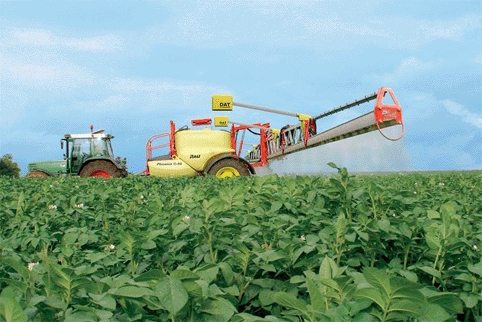The Weedcer image-processing system could prove to be an important tool for farmers who spray their fields with weedkiller every year, as it can distinguish between weeds and useful plants in real-time during spraying.
The Weedcer project, which began in 2007, involves Bioforsk Plantehelse, which identified the level of infestation required to trigger spraying; the agriculture technology and equipment manufacturers DAT and Adigo; and scientists from SINTEF, Scandinavia’s largest independent research organisation, who contributed algorithms and image-processing techniques.
‘We have identified characteristics and information in images that can discriminate and recognise different objects,’ said SINTEF’s Kristin Kaspersen. ‘For example, corn leaves are long and narrow, while weeds tend to have more rounded leaves.’
A tractor-mounted video camera films the soil and sends its images to the computer, which are analysed in real-time. Different types of leaves are then recognised, which determines how much weedkiller is required.
SINTEF claims that the project demonstrates how pattern recognition can be used to solve problems in which the amount of data is too big to handle, or where the data are diffuse and difficult to deal with.






Red Bull makes hydrogen fuel cell play with AVL
Many a true word spoken in jest. "<i><b>Surely EVs are the best solution for motor sports</b></i>?" Naturally, two electric motors demonstrably...